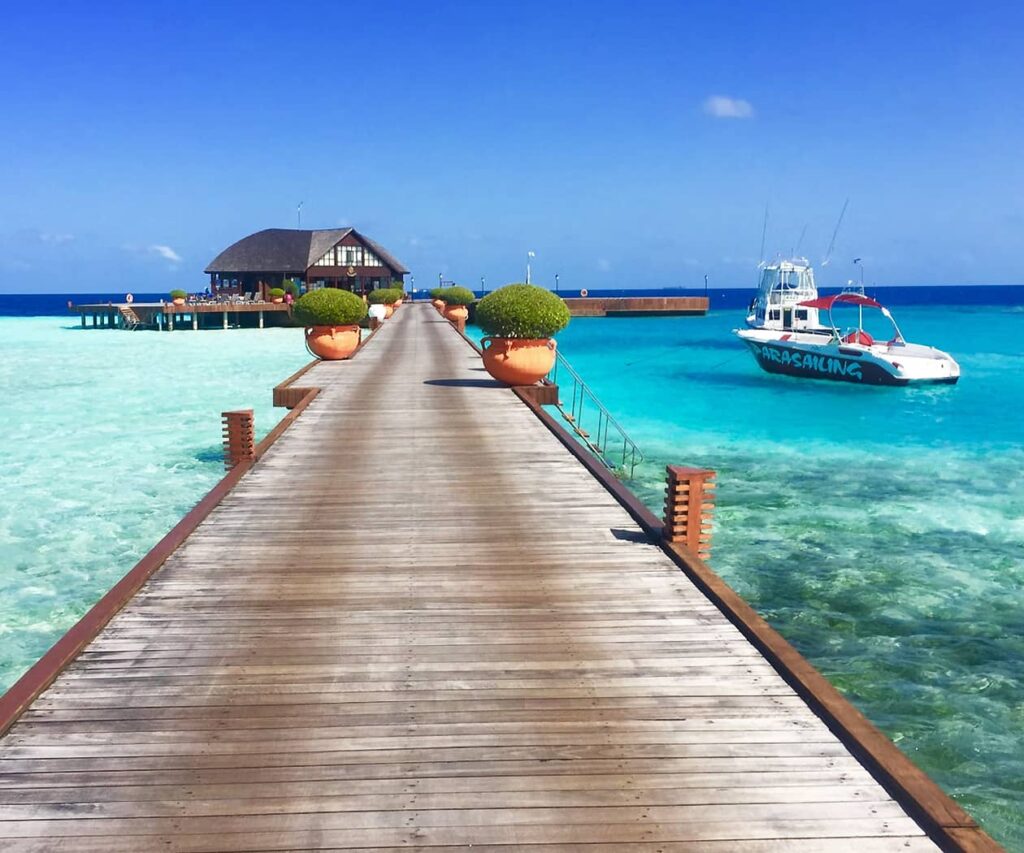
Discovering Weed in India: Law, Culture, and Cannabis Trends
India, a country renowned for its vast cultural diversity, rich history, and spiritual traditions, has a long and intricate relationship with cannabis. Known locally as bhang, ganja, or charas, cannabis has been used in religious rituals, traditional medicine, and recreational contexts for centuries. Discovering weed in India requires understanding the legal framework, cultural significance, social attitudes, and modern trends surrounding cannabis use.
Cannabis in India is more than a plant—it is woven into the fabric of religious traditions, folk practices, and contemporary youth culture. Understanding its presence offers insights into India’s balancing of tradition, law, and modernity.
1. Cannabis Laws in India: Regulation and Restrictions
Cannabis in India is regulated under the Narcotic Drugs and Psychotropic Substances Act (NDPS) of 1985, which governs production, possession, sale, transport, and use of cannabis. The law distinguishes between cannabis resin (charas) and flowering tops (ganja), which are strictly controlled, and edible preparations like bhang, which are legally permitted in some states.
Key legal points include:
- Possession: Possession of small amounts of cannabis for personal use can lead to fines, imprisonment, or both, depending on the state. Enforcement is often inconsistent, with urban centers seeing stricter policing.
- Cultivation and sale: Growing or selling cannabis without government authorization is illegal and punishable with heavy fines and imprisonment.
- Medical use: Traditional medicine systems like Ayurveda also use cannabis in regulated forms.
India’s legal framework is complex and state-dependent, reflecting a mixture of prohibition and cultural allowances.
2. Historical and Cultural Context
Cannabis has deep historical and spiritual roots in India:
- Religious significance: Cannabis is associated with Lord Shiva, one of the principal Hindu deities. During festivals like Maha Shivaratri, devotees consume bhang as part of religious rituals.
- Ayurvedic medicine: Cannabis has been used in Ayurvedic preparations for centuries to treat conditions like pain, insomnia, and digestive issues.
- Cultural integration: Cannabis also has historical use in folk traditions, spiritual practices, and local celebrations, creating a cultural tolerance that contrasts with strict legal restrictions.
This history creates a unique landscape where spiritual and medicinal use coexist with legal enforcement.
3. Social Perception of Cannabis
- Older generations and conservative communities: Tend to view cannabis negatively, associating it with moral decay or crime.
- Youth and urban populations: Particularly in cities like Mumbai, Delhi, and Bangalore, cannabis use is increasingly associated with recreation, creativity, and socialization.
- Rural communities: Often continue traditional use for religious or medicinal purposes, maintaining long-standing cultural practices.
Public perception varies widely, reflecting a blend of tolerance, curiosity, and caution.
4. Cannabis Culture in Urban Areas
India’s major cities are home to discreet but active cannabis subcultures:
- Mumbai and Delhi: Cannabis is consumed in private gatherings, music events, and artistic circles. Awareness of legality and safety is high, with many opting for controlled environments.
- Bangalore and Pune: University towns see youth exploring cannabis as part of social life or creative expression.
- Goa: Known for its relaxed tourism culture, Goa has a visible cannabis presence in private beach gatherings, though public use is officially prohibited.
Urban cannabis culture blends discretion, community, and an awareness of legal risks, reflecting a careful balance between curiosity and compliance.
5. Youth Trends and Awareness
Young Indians play a crucial role in shaping modern cannabis culture:
- Students and young professionals often experiment with cannabis recreationally or socially.
- Awareness campaigns and online communities provide guidance on responsible use, dosage, and health effects.
- Youth culture, influenced by music, media, and global trends, promotes open discussion in private contexts while maintaining legal discretion.
This demographic embodies a modern, informed, and cautious approach to cannabis in India.
6. Access and the Black Market
- Cannabis is available as ganja (flowering tops), charas (resin), or bhang (edible preparations), with varying quality and potency.
- Prices fluctuate depending on region, quality, and demand.
- Law enforcement primarily targets trafficking and commercial distribution, though possession can still result in fines or imprisonment.
The black market shapes availability and social practices, highlighting the need for caution and awareness among users.
7. Medical Cannabis and Research
India has a long tradition of medicinal cannabis use:
- Modern research: Indian scientists and medical practitioners are exploring cannabis derivatives for chronic pain, epilepsy, and neurological conditions.
- Regulated access: Cannabis extracts are available under strict licensing for research and pharmaceutical purposes, though recreational use remains illegal.
Medical and scientific interest reflects a growing recognition of therapeutic benefits while maintaining regulatory oversight.
8. Health Considerations
Cannabis consumption carries potential health risks:
- Smoking can impact respiratory health, particularly in polluted urban environments.
- Unregulated cannabis may have inconsistent THC levels or contaminants.
- Awareness campaigns promote moderation, informed consumption, and harm reduction.
Responsible use is critical, especially in private contexts where legal repercussions may still apply.
9. Tourism and Cannabis
India’s tourism industry intersects with cannabis in unique ways:
- Festivals like Holi and Maha Shivaratri may involve the ritual use of bhang in culturally sanctioned contexts.
- Public consumption outside these contexts is illegal and may lead to fines or arrest.
- Certain tourist regions, particularly Goa and parts of the Himalayas, have discreet cannabis cultures, but visitors must respect local laws and cultural norms.
Cannabis tourism in India is therefore cautious, culturally contextual, and legally sensitive.
10. The Future of Cannabis in India
India’s cannabis landscape may evolve gradually:
- Medical and research expansion: Increasing studies on cannabis’ therapeutic benefits could influence policy.
- Cultural normalization: Urban youth and global influences may slowly shift social attitudes toward recreational use in private contexts.
- Policy reform: Discussions about limited legalization, regulation of bhang, or industrial hemp may continue, inspired by global trends.
- Economic potential: Regulated hemp and medical cannabis markets could provide economic opportunities while preserving cultural and legal frameworks.
Change is likely to be incremental, balancing India’s traditional values, legal structures, and modern global influences.
Conclusion
Discovering weed in India requires navigating legal restrictions, cultural traditions, and social attitudes. Cannabis remains illegal for recreational use, though bhang is culturally and legally tolerated in some states, particularly during religious festivals.
Urban youth, students, and private social networks represent the forefront of cannabis culture, balancing curiosity with awareness of legal risks, health considerations, and social expectations.
From private gatherings in metropolitan cities to traditional religious use in rural areas, cannabis exists as a carefully navigated element of Indian society. It is not just a recreational substance—it is a lens through which to understand cultural heritage, generational change, and evolving societal norms.
India’s cannabis story reflects a nation balancing tradition, law, and modernity, offering a unique perspective on how a historically rich culture navigates contemporary cannabis trends.
If you want, I can continue the “Discover Weed” series with “Discover Weed in Indonesia”, which has an interesting and contrasting cannabis context.
Do you want me to do that next?
